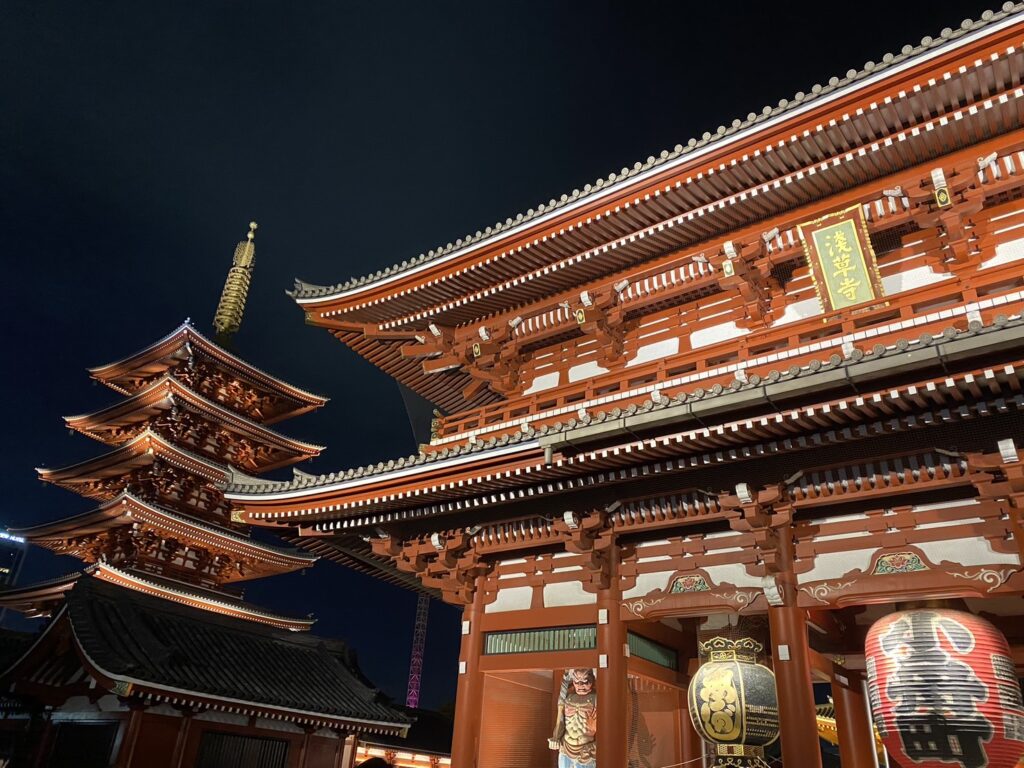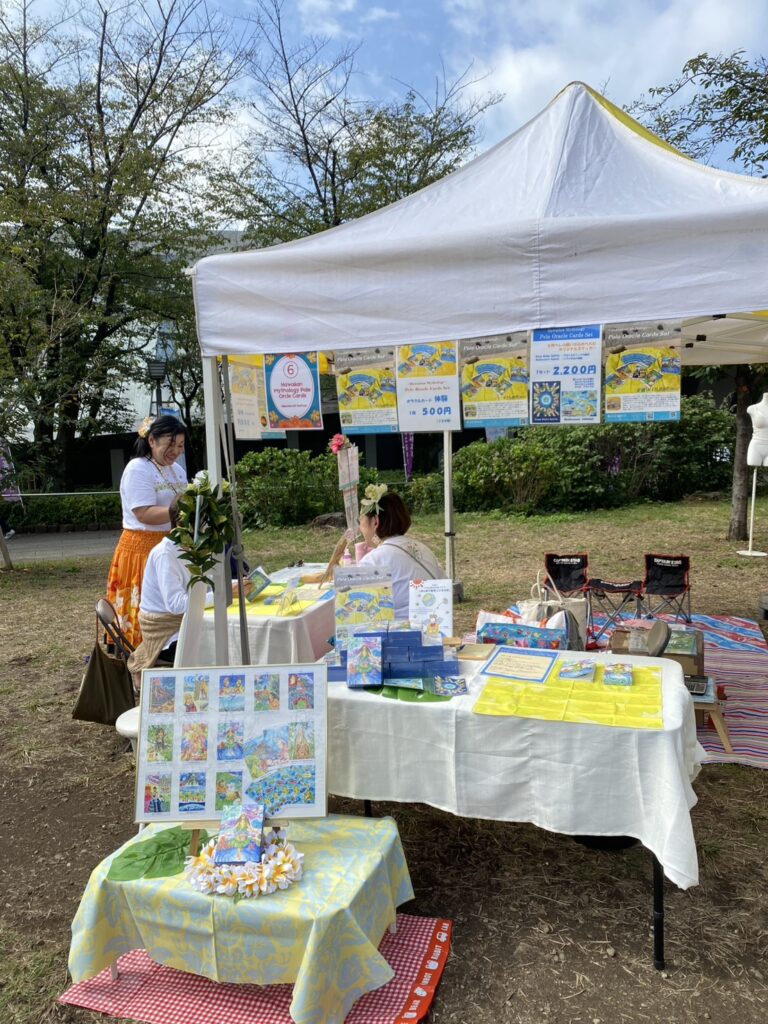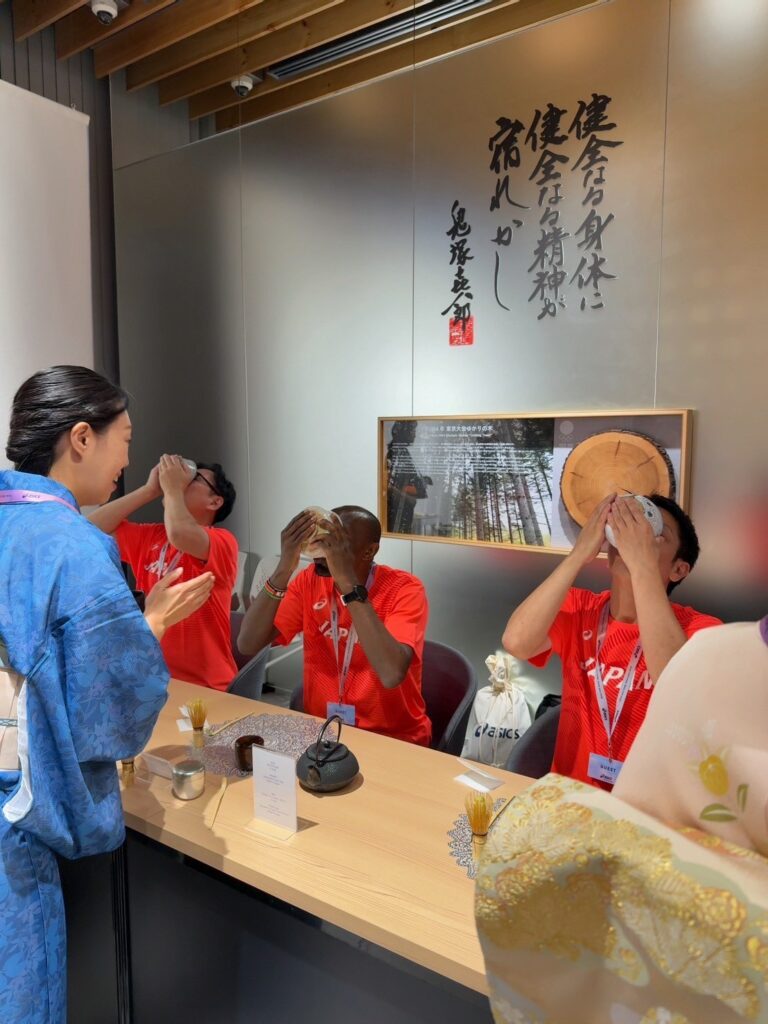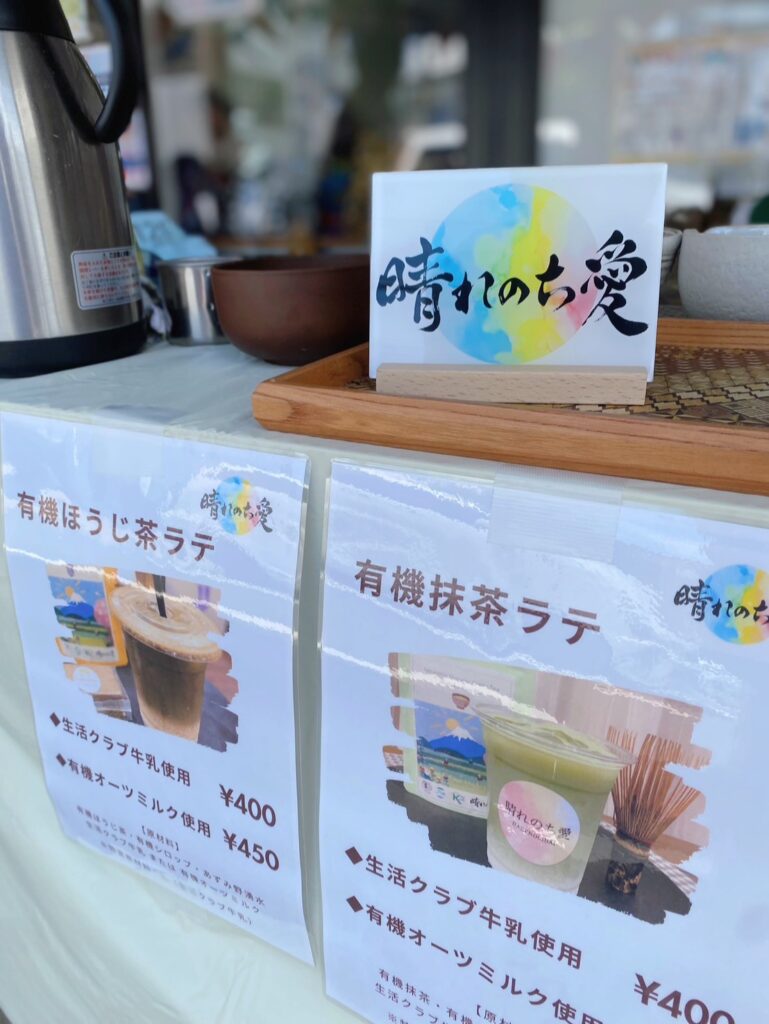
The history of hojicha/ほうじ茶の歴史
Hōjicha, also spelled as Houjicha, is a Japanese green tea that is distinguished by its unique roasting process. This tea’s history, while not as ancient as some other varieties of Japanese tea, is still quite interesting and reflects the innovation and adaptability of Japanese tea culture.
Origin and Development
- Time Period: Hōjicha was first developed in the 1920s.
- Location: The tea originated in Kyoto, Japan.
- Initial Purpose: It was created as a way to utilize the leftover leaves, stems, and twigs from the production of other teas, such as Sencha and Matcha. This approach was both economical and resourceful, aligning with the Japanese ethos of mottainai, which emphasizes avoiding waste.
- Roasting Process: Unlike most traditional Japanese teas, which are steamed, Hōjicha is roasted over charcoal. This process was innovative at the time and gave rise to its distinctive flavor.
Characteristics and Popularity
- Flavor Profile: The roasting process imparts a nutty, smoky flavor to the tea, which is less astringent and bitter compared to other green teas. This makes it appealing to a broader range of palates.
- Caffeine Content: Roasting also lowers the caffeine content of the tea, making it suitable for consumption in the evening and by a wider range of people, including those sensitive to caffeine and children.
- Cultural Significance: Hōjicha is not just a tea but a part of Japanese culture. It represents a pragmatic approach to resource utilization and has a place in various social and family settings.
Global Recognition
- International Appeal: In recent decades, Hōjicha has gained popularity outside Japan. Its unique flavor profile and low caffeine content have made it a favorite among tea enthusiasts worldwide.
- Culinary Uses: The tea’s distinct taste has led to its use in various culinary applications, ranging from desserts to lattes, showcasing the versatility of Hōjicha in modern cuisine.
Conclusion
The history of Hōjicha is a testament to the innovation within Japanese tea culture. From its humble beginnings as a way to use leftover tea parts to its current status as a globally enjoyed beverage, Hōjicha exemplifies how tradition and creativity can combine to create something unique and enduring.

ほうじ茶は、独特の焙煎方法によって区別される日本緑茶であり、ほうじ茶の歴史は、日本茶の他の品種ほど古くはありませんが、日本の茶文化の革新性と適応性を反映したその一部分をご紹介いたします。
起源と発展
・時代: ほうじ茶が最初に開発されたのは1920年代。
・場所: 日本の京都
・当初の目的:煎茶や抹茶など他のお茶を製造する際に余った葉や茎、小枝を利用する方法として考 案され、このアプローチは、経済的であると同時に、無駄を省くことを重視する日本の「もったいない」の精神に沿うものであったようです。
・焙煎工程: 蒸す伝統的な日本茶とは異なり、ほうじ茶は炭火で焙煎します。この製法は当時としては斬新で、独特の風味を生み出すことに成功しました。
特徴と人気
・風味の特徴: 他の緑茶に比べて渋みや苦みが少ない。そのため、幅広い味覚の人に好まれる。
カフェイン含有量: 焙煎することでカフェイン含有量も低くなるため、カフェインに敏感な方やお子様を含む、より多くの方にお飲みいただけます。
・文化的意義: ほうじ茶は単なるお茶ではなく、日本文化の一部である。資源利用に対する実用的なアプローチを表し、様々な社会的、家庭的な場面で利用されている。
世界的認知度
・国際的な魅力: ここ数十年、ほうじ茶は海外でも人気を博している。そのユニークな風味と低いカフェイン含有量により、世界中のお茶愛好家に愛飲されている。
・料理の用途: ほうじ茶の独特な味は、デザートからラテまで様々な料理に使われ、現代料理におけるほうじ茶の多様性を示している。
まとめ
ほうじ茶の歴史は、日本の茶文化の革新の証である。余った茶葉を利用する方法として質素に始まったほうじ茶が、世界的に楽しまれる飲料となった現在に至るまで、伝統と創造性がいかに融合してユニークで永続的なものを生み出すことができるかを、ほうじ茶は例証している。
- お知らせ
- ほうじ茶








